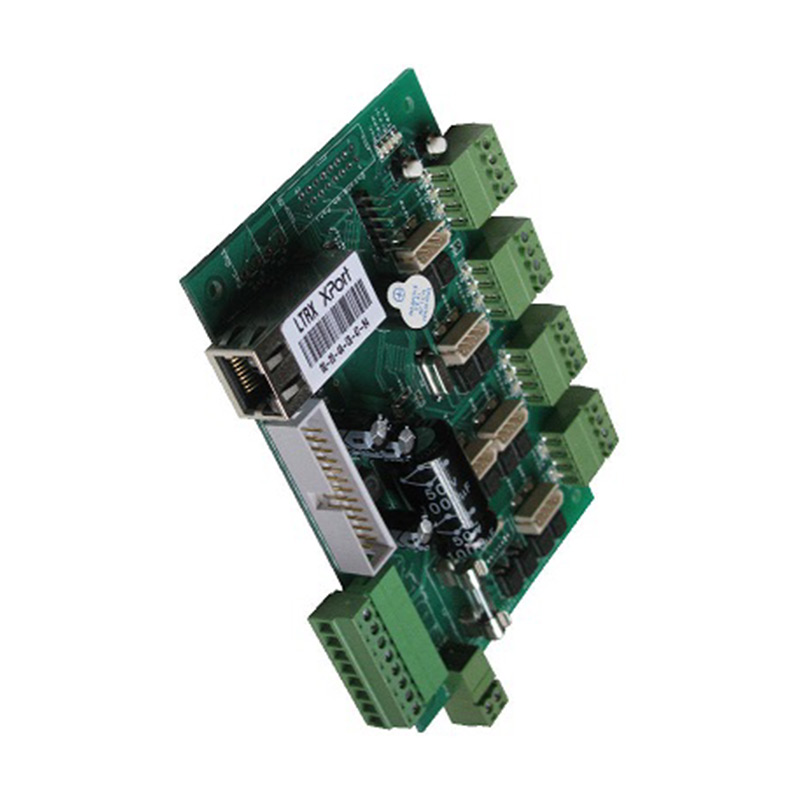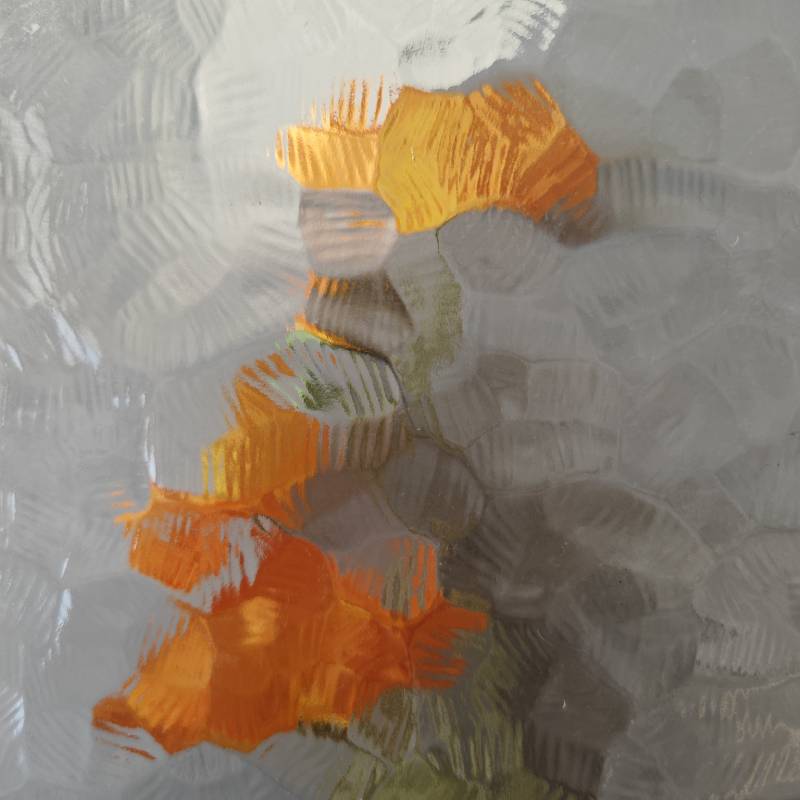Clear annealed float glass represents one of the most sophisticated and versatile products within the architectural and design domains. Revered for its clarity and robustness, this type of glass has revolutionized how we perceive and utilize glass materials in various structures, from sleek skyscrapers to cozy homes.

The process of creating clear annealed float glass is a marvel of modern engineering. It begins with the careful combination of raw materials, primarily silica sand, soda ash, and limestone. These ingredients are melted at incredibly high temperatures until they achieve a molten state. This molten glass is then carefully floated on a bed of molten tin. The float process ensures a uniform thickness and smooth surfaces on both sides, producing an impeccable sheet of glass without distortions.
Once the glass has cooled, it undergoes annealing, a process that gradually reduces internal stresses, ensuring the glass remains robust and less prone to unexpected breakage. The resulting product is not only crystal clear but also enhances the natural light transmittance, making it ideal for applications requiring optimal transparency.

From a professional’s standpoint, clear annealed float glass is celebrated not only for its aesthetic appeal but also for its functional versatility. Architects and interior designers often choose this type of glass owing to its adaptability in various environments. It can be laminated, toughened, silvered for mirrors, or even coated to modify its reflective properties. Each of these treatments enhances the glass's inherent qualities, tailored to specific needs whether they be for energy efficiency, safety, or decorative purposes.
Additionally, clear annealed float glass is particularly noted for its environmental benefits. The process of annealing ensures minimal energy consumption, which lowers the carbon footprint. Plus, with advancements in recycling techniques, glass can be repurposed with minimal degradation of quality. For environmentally conscious developers and consumers, this makes it a preferred option.
clear annealed float glass
However, the appeal of clear annealed float glass goes beyond its technical specifications. The real-world applications provide a testament to its effectiveness. In urban architecture, for instance, the incorporation of large glass panels not only enhances views but also maximizes the use of natural light, reducing the need for artificial lighting. This consequently promotes the well-being of building occupants by creating spaces that feel open and connected to the surrounding environment.
The aspect of safety also cannot be understated. Although annealed glass is not as strong as tempered glass, its ability to break into larger, less harmful pieces makes it a safer option in the event of breakage. In residential settings, for instance, this reduces the risks of injury compared to other glass types that shatter into small, sharp fragments.
Moreover, the installation process of clear annealed float glass is an area where expertise is crucial. Professional installation ensures not only aesthetics but also the performance of the glass within any given structure. Incorrect installation can lead to issues such as thermal stress or suboptimal insulation, which can compromise both safety and energy efficiency.
In terms of maintaining credibility and trust with consumers, suppliers of clear annealed float glass often engage in rigorous quality assurance practices. Regular testing ensures that the glass meets international safety and quality standards, which helps in building consumer trust and confidence in their products.
In conclusion, clear annealed float glass is a cornerstone of modern architectural design, offering unparalleled clarity and versatility. Its production combines precision engineering with sustainable practices, resulting in a product that meets high standards of both functionality and aesthetics. From skyscrapers to kitchens, its adaptability and environmental benefits continue to foster its popularity among designers, builders, and consumers aiming to achieve modern and sustainable spaces.



